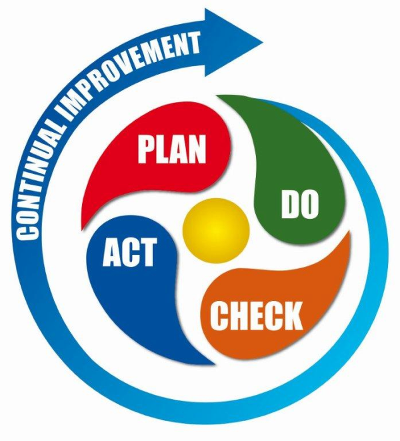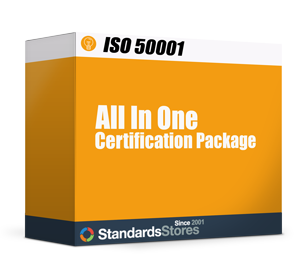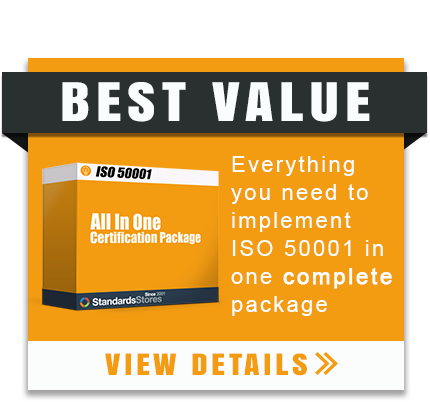What is an Energy Management System (EnMS)?
 energy usage, to achieved operating cost savings, and to continuously improve energy efficiency.
energy usage, to achieved operating cost savings, and to continuously improve energy efficiency.
Many governments are either looking into or are actively implementing approaches to encourage industry adoption. One way is to promote compliance with the ISO 50001 energy management standard.
EnMS is becoming an effective way for governments, private and public organizations to reduce energy usage By saving energy or using energy effectively, costs are reduced.
Case studies have shown repeatable business cost improvements from 10% to 70%.
What is EnMS?
An EnMS is a set of policies and procedures integrated and put into practice to track, analyze, and plan for energy usage. Using the popular Plan-Do-Check-Act method of continual process improvement.
The foundation of ISO 50001 is a management system model to continually improve the overall implementation of the standards similar to ISO 9001 or ISO 14001. This makes it easier to integrate energy management into the Energy Management System (EnMS).
The framework for ISO 50001 requirements are:
- Develop and manage a policy for efficient energy use
- Define and set goals and objectives that meet the policy
- Define an systematize the use of data to help understand and make decisions about energy usage
- Measure the results
- Review how well the policy works, and
- Continually improve energy management.
ISO 50001 Certification
Certification to ISO 50001 is possible but not a requirement. Some organizations implement the standard only for its benefits. Others decide that certification is important to demonstrate its committment to an energy management strategy.
Benefits of an EnMS
According to the U.S. Department of Energy (DOE), the benefits to organizations using an EnMS include:
- Improved operational efficiencies
- Decreased energy intensity
- Energy data for fact-based decisions
- Support for organizational and cultural change
- Drivers for organizational integration
- Reduced environmental impacts
- Competitive advantages over firms that neglect resource management
- Visible demonstration of social responsibility
- Positioning for carbon accounting



